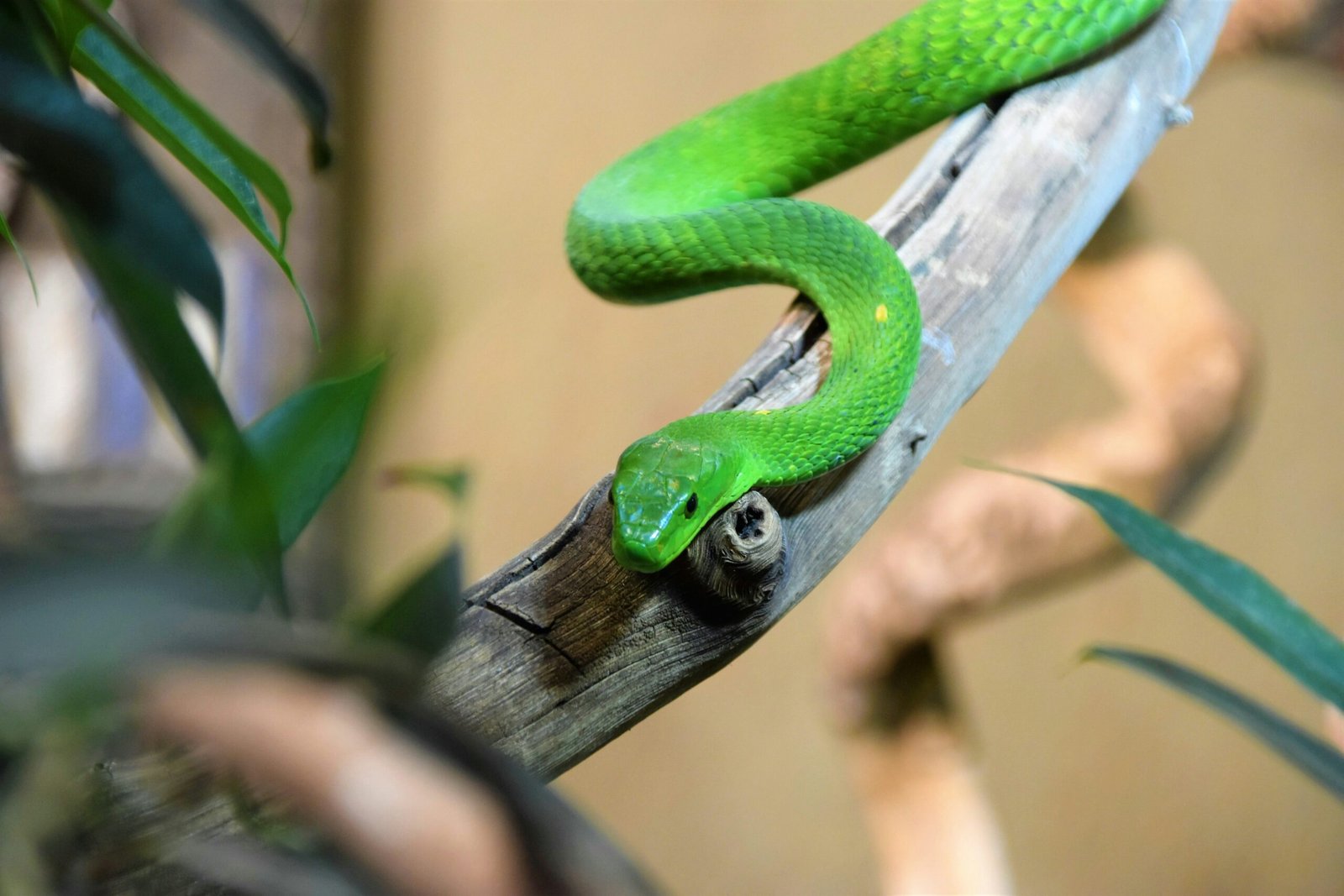The life cycle of the green mamba begins with the female laying eggs in a secure and concealed location, often within decaying vegetation or underground burrows. A typical clutch size ranges from 6 to 17 eggs, which are elongated and leathery in texture. The incubation period for green mamba eggs lasts approximately 65 to 80 days, during which the ambient temperature plays a crucial role in the development of the embryos. Optimal temperatures for incubation lie between 28 to 30 degrees Celsius, ensuring the proper growth of the embryos within the eggs.

Upon hatching, green mamba hatchlings measure around 30 to 40 centimeters in length. The hatching process can take several hours as the young snakes use a specialized tooth called an egg tooth to break through the eggshell. Once emerged, the hatchlings are immediately independent and must fend for themselves. During the early months of their lives, juvenile green mambas exhibit a rapid growth rate, fueled by a diet primarily consisting of small lizards, frogs, and occasionally insects.
The juvenile stage is a critical period for green mambas as they face numerous challenges and threats. Predators such as birds of prey, larger snakes, and mammals pose significant risks to their survival. To mitigate these threats, juvenile green mambas rely on their cryptic coloration and agility to evade detection and capture. Additionally, their arboreal nature allows them to seek refuge in trees and dense foliage, reducing their vulnerability to ground-dwelling predators.
Environmental factors also play a vital role in the survival of young green mambas. Adequate food supply, suitable habitat, and stable climatic conditions are essential for their continued growth and development. Juveniles must navigate these challenges while honing their hunting and survival skills, gradually transitioning into more secure stages of their life cycle.
Adulthood and Reproduction
The green mamba, specifically the Eastern green mamba (Dendroaspis angusticeps), reaches sexual maturity at approximately 3 to 4 years of age. At this stage, they exhibit fully developed physical characteristics, including a bright green coloration that aids in camouflage within their arboreal habitats. Adult green mambas typically measure between 1.8 to 2.5 meters in length, with a slim, elongated body and a narrow head.
In terms of habitat preferences, green mambas are predominantly found in coastal regions of East Africa, inhabiting dense forests, thickets, and woodland areas. They display strong territorial behaviors, often remaining within a specific range that provides ample food sources and suitable shelter.
The mating season for green mambas occurs during the warmer months, often from late spring to early summer. During this period, males engage in elaborate courtship rituals to attract females. These rituals can include physical displays such as body undulations and intertwining. Males locate potential mates through pheromonal cues left by females. Once a male finds a receptive female, copulation takes place, which can last several hours.
After successful mating, the female green mamba will seek out a secure and concealed location to lay her eggs, typically in leaf litter or hollow trees. A clutch usually contains around 6 to 17 eggs. The female does not exhibit parental care post-laying; however, she ensures the eggs are deposited in an environment conducive to their development. The eggs incubate for approximately 90 to 120 days before hatching.
Green mambas have an average lifespan of 12 to 14 years in the wild, though some individuals may live longer under optimal conditions. Factors influencing their longevity include predation, habitat destruction, and availability of food. Despite their venomous nature, green mambas play a crucial role in their ecosystems, controlling the populations of small mammals and other prey species.